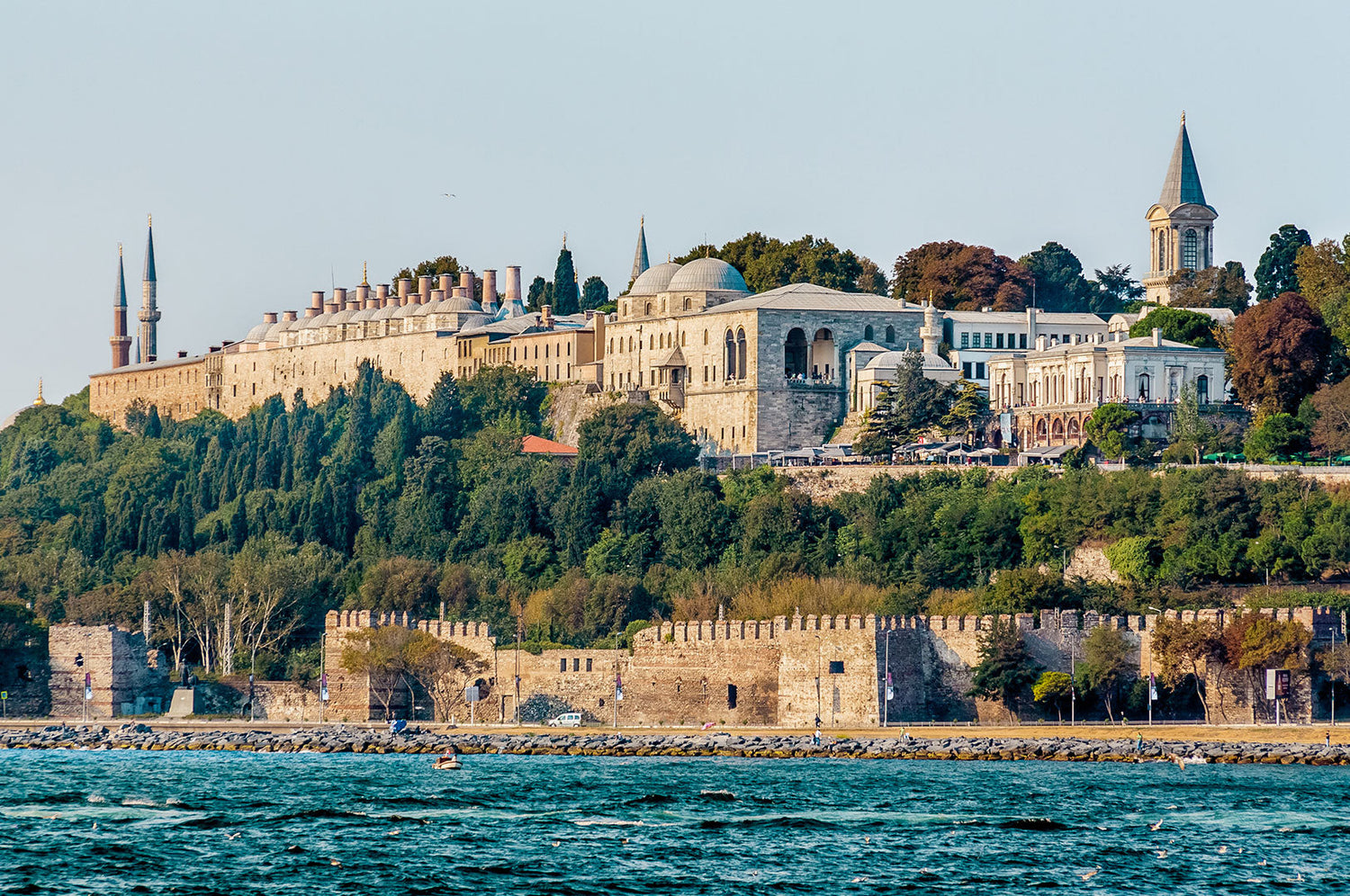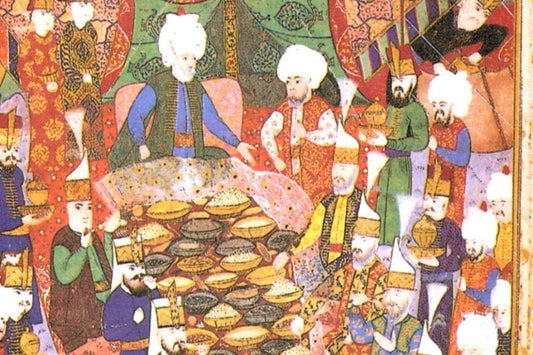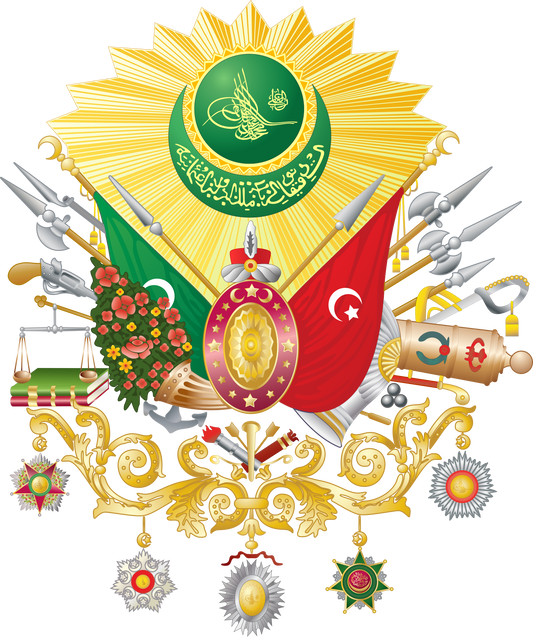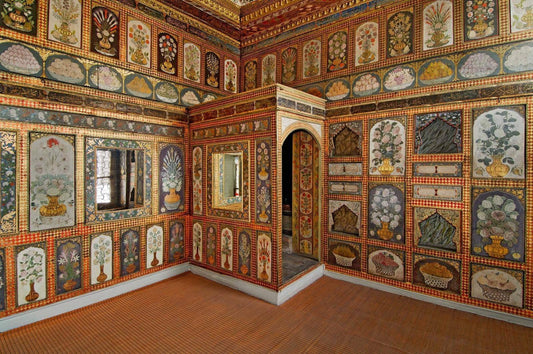Topkapı Palace, or Saray-ı Cedid, built on Istanbul's first hill, known as Zeytinlik, is surrounded by a 1,400-meter-long wall built during the reign of Mehmed the Conqueror in 1478. This wall, which connects with the Byzantine-era walls on the shores of the Golden Horn and Marmara Sea, is called Sur-u Sultani.
Built by Mehmed the Conqueror in the first courtyard of Topkapı Palace and considered the core of the palace complex, the Tiled Kiosk is currently housed in the Istanbul Archaeological Museums. The facades and interior of some iwans and rooms are decorated with tiles. These tiles, dating to the same period as the building, reflect mosaic and monochrome glaze techniques.
The apartments of Murat III in the Harem section of the palace were built by Mimar Sinan. This structure, the first of the independent apartments built for the sultans in the Harem, is covered with İznik tiles from the floor to the base of the dome. The tiles generally feature various patterns on a white background, featuring navy blue, turquoise, green, and raised red.
Tile decorations flank the doors on the entrance facade of the Audience Chamber in the third courtyard of Topkapı Palace. Dating back to the first half of the 16th century, the colored glaze tiles were installed on the building's facade during a 19th-century renovation. Yellow and green were frequently used in the tiles, and similar patterns can be seen in the Sultan Selim Mosque in Istanbul and the Kasım Pasha Mosque in Bozöyük.
Located in the third courtyard of Topkapı Palace, the Privy Chamber (Privy Room) was commissioned by Mehmed the Conqueror between 1465 and 1468. Used by the sultan as a place to conduct daily business and receive visitors, it was later remodeled to house the Holy Relics brought to Istanbul by Yavuz Sultan Selim in 1517. It has undergone various renovations at various times, losing much of its original architecture. The building's facades and interior walls are decorated with panels of tiles in various patterns, dating from the second half of the 16th century and the 17th century.
The Ağalar Mosque, located in the third courtyard of the palace, is known to have been commissioned by Mehmed the Conqueror in the 15th century. After the palace became a museum, it became a library housing various manuscripts. The mosque's reading room features 17th-century tiles, while the mihrab wall features tiles produced by the 18th-century Tekfur Palace. Naturalistic patterns are frequently seen on the panels. At the top of one panel is a single-piece tile panel measuring 30.5x52.5 cm depicting the Kaaba. This work, a successful example of Kaaba-depicting panels, resembles a composition similar to that found in Hagia Sophia.
Located in the fourth courtyard of Topkapı Palace, the Revan Kiosk was built by Murad IV in 1636 to commemorate the conquest of Yerevan. The exterior of the kiosk, from the top of the lower-story windows to the eaves, and the interior walls from the floor to the dome drum, are covered with the finest examples of 17th-century İznik tiles. The tiles, measuring 28x28 cm, are strikingly different from the traditional 24.5x24.5 cm size. The tiles, which are generally of the same composition both inside and out, feature hatayi motifs painted in shades of blue, turquoise, and green on a white background.
The Circumcision Room, also located in the fourth courtyard of the palace, was built in 1640 during the reign of Sultan Ibrahim. It is believed that the room, where the circumcisions of princes were held, acquired this function during the circumcisions of Sultan Ahmed III's sons. The interior and exterior walls of the building are covered with exquisite Iznik tiles dating to the 16th and 17th centuries. Among the blue-white and polychrome applications, there are also tiles in colored glaze technique. The panels, consisting of monolithic plates measuring 126x48 cm and 125x34 cm on either side of the entrance, are remarkable examples of Turkish tile art in terms of their size and pattern. ('Treasure of Anatolian Soil Tiles', Belgin Demirsar Arlı-Ara Altun, pp. 97-129).




